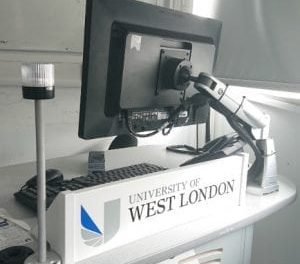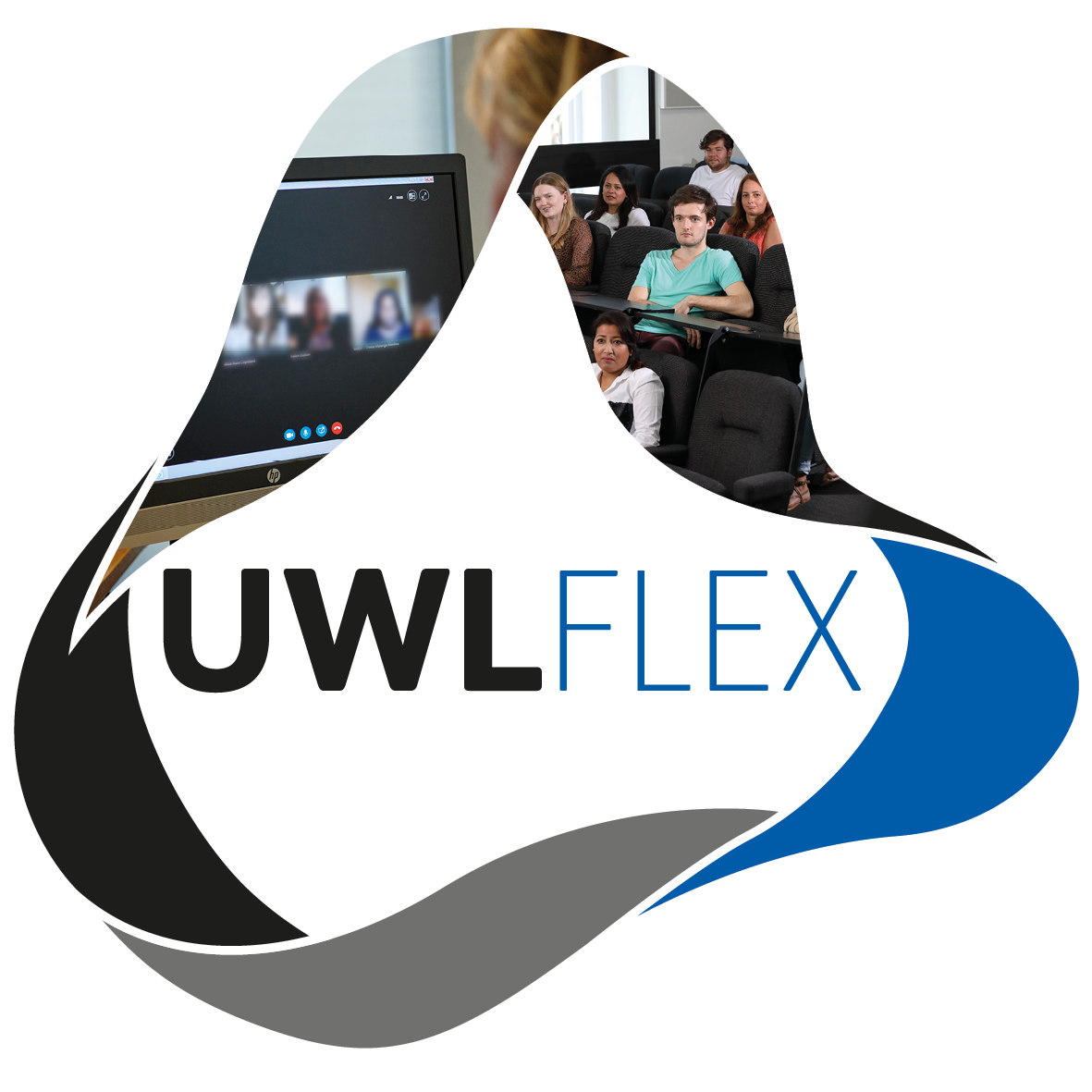At the 3rd annual Poll Everywhere User Group the invited speaker, Ross Galloway, Senior Teaching Development Officer at the University of Edinburgh, gave an engaging and practical workshop about peer instruction.
What is peer instruction?
Peer instruction is a teaching approach developed by Eric Mazur at Harvard University in the late 1990s. It works well in large lectures and makes use of classroom voting technology such as Poll Everywhere.
The approach follows a series of steps:
Ross teaches physics and first started using peer instruction a number of years ago when he discovered his students hadn’t grasped some of the fundamental scientific principles required for his module.
Why use it?
Ross asked us to take part in some peer instruction ourselves. He asked us about topics were weren’t particularly interested in and which we didn’t know much about: the content of wood, the first world war, renewable energy.
The effect of the peer instruction technique was that we became engaged and interested, and the noise levels in the room rose as we were keen to discuss our ideas and find answers to the questions.
I can still remember the debates I had and the reasoning behind our discussion. Peer instruction can make large lectures more active, gets students to think and discuss, and allows the lecturer to check understanding of the group.
It’s a powerful technique which has been shown to support learning. It can be used in many disciplines with subjective and objective questions. You can read more about it in Eric Mazur’s readable book on Peer Instruction.
Peer instruction for active learning








